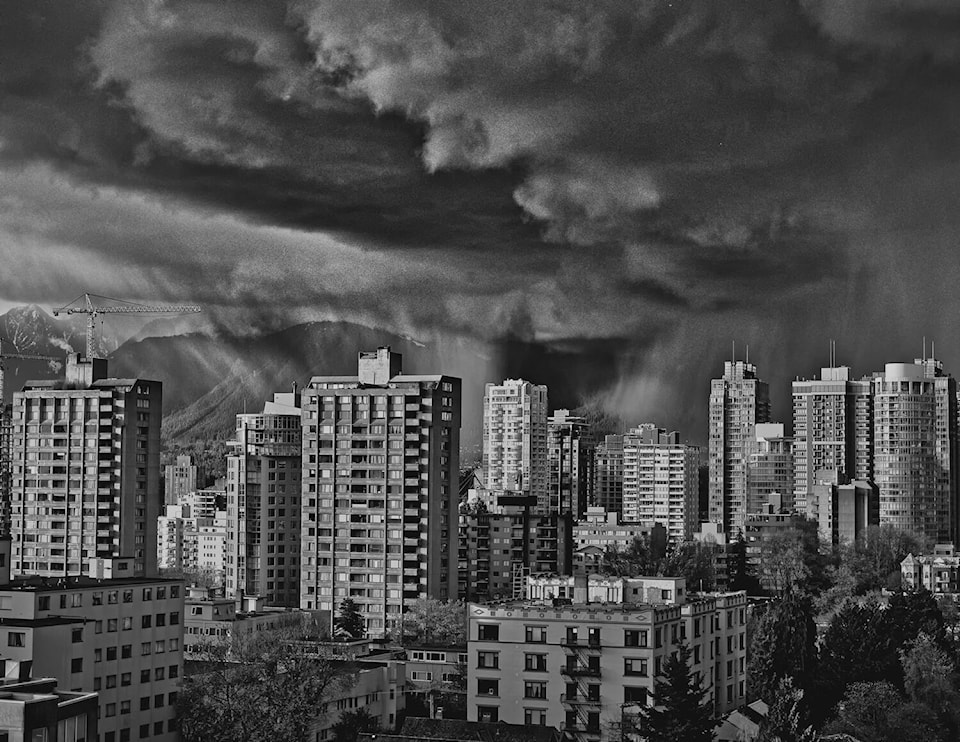When photography was ruled by film photographers wanting higher quality images, they would choose lower ISO film and larger format cameras. They’d send their exposed film to expensive labs to be meticulously processed and printed.
ISO isn’t as important with modern digital cameras. Sensor size and the number of megapixels help, but a photographer no longer needs to purchase the most expensive cameras for those final images. And the need to send images out to expensive labs has passed.
If the final image isn’t dramatically cropped there won’t be much difference between JPG (Joint Photographic Experts Group) and RAW.
A JPG is a standard image format for containing lossy and compressed image data. Despite the reduction in file size JPEG images maintain reasonable image quality. RAW files are minimally processed images with direct image data from the camera sensor.
After the tiring day at the Vancouver used camera sale Jo McAvany and I wandered the street near our hotel looking for a restaurant. We couldn’t make up our mind so we chose two different eateries and got takeout from their menus. Then we stopped by a liquor store for a bottle of wine and went back to our hotel. Our room was on the on the 15th floor and we moved the table and chairs so we could have a restful dinner while looking over the ocean.
I had just opened the wine when we heard thunder. The sky suddenly turned dark and there was strong wind and loud pounding hail.
I grabbed my camera, went out on the balcony, took a meter reading at a middle toned area and started shooting as the storm blew past. It was so loud that the hotel’s fire alarm began ringing.
I got a bit wet. However, the important thing was I got my photos.
I shoot RAW. Although JPG would have been fine, a JPG would not allow me all the post processing benefits available with the software programs I have in my computer. A JPG file has ‘lossy and compressed image data’, whereas a RAW file is ‘losseless’ and has my camera’s direct sensor data.
That means I can make a good image better.
When I metered I chose an area of brightness that I thought was half way between the black and the white areas of my view. Yes, a JPG would have been sharp, but when I edited the image I would loose some colour and some tonality.
A RAW file needs to be sharpened, and because there is lots of ‘data’ I can make some areas sharper and some areas softer. I also can highlight and darken without any loss in detail.
The photo I took was good, as some say, “right out of the camera”, Nevertheless, what a photographer sees with that ‘creative eye’ isn’t always what the camera’s sensor is capable of capturing. So we need to help the photograph become what we wanted to see. I am not talking about wildly manipulating the image. I’m not a fan of those ‘over cooked’ photographs. I want a photo that looks and feels real. And sometimes that takes a bit of help.
That said, in my opinion, whether to use post production on one’s unedited image is a personal decision.
Stay safe and be creative. These are my thoughts for this week.
Contact me at www.enmanscamera.com or emcam@telus.net.
_______________
Like us on Facebook
